Summer Phlox: The Ultimate Guide To Growing And Caring For These Beautiful Flowers
Introduction
Summer phlox (Phlox paniculata) is a beloved garden flower that is known for its long-lasting blooms and vibrant colors. These hardy plants are easy to grow and care for, making them a great choice for any gardener.
In this blog post, we will discuss everything you need to know about growing and caring for summer phlox. We will cover topics such as choosing the right location, planting, watering, fertilizing, deadheading, and pest control.
By the end of this post, you will be an expert on summer phlox and you will be able to grow these beautiful flowers in your own garden.
Choosing the Right Location
Summer phlox prefer full sun, but they can tolerate partial shade. They will not do well in deep shade.
The soil should be well-drained and fertile. If your soil is sandy, you will need to add some compost or other organic matter to improve drainage.
Planting
Summer phlox can be planted in spring or fall. If you are planting in spring, wait until the soil has warmed up to at least 60 degrees Fahrenheit.
Dig a hole that is twice as wide as the root ball of the plant. Place the plant in the hole so that the top of the root ball is even with the soil surface. Backfill the hole with soil and water the plant thoroughly.
Watering
Summer phlox need regular watering, especially during the first year after planting. Water deeply once a week, or more often if the weather is hot and dry.
Fertilizing
Summer phlox benefit from a light application of fertilizer in early spring and again in midsummer. Use a balanced fertilizer, such as 10-10-10.
Deadheading
Deadheading is the process of removing spent blooms. This will encourage the plant to produce more blooms.
To deadhead summer phlox, simply pinch off the spent blooms with your fingers. You can also use a pair of scissors.
Pest Control
Summer phlox are relatively pest-free. However, they can be susceptible to aphids, spider mites, and powdery mildew.
If you see any pests on your summer phlox, you can treat them with insecticidal soap or neem oil. Powdery mildew can be treated with a fungicide.
Conclusion
Summer phlox are beautiful and easy-to-grow flowers that can add a splash of color to any garden. By following the tips in this blog post, you can successfully grow summer phlox in your own garden.
Summer phlox is a beautiful and versatile perennial that can add color and interest to your garden. It is easy to care for and blooms for a long period of time, making it a great choice for both novice and experienced gardeners.
If you are interested in learning more about summer phlox, I recommend visiting Home Gardening. This website has a wealth of information about summer phlox, including growing tips, care instructions, and a variety of cultivars to choose from.
FAQ of summer phlox
- What is summer phlox?
Summer phlox is a type of perennial flowering plant that is native to North America. It is known for its showy clusters of flowers, which can be a variety of colors, including white, pink, purple, and red. Summer phlox is a popular garden plant, and it is also often used in cut flower arrangements.
- When is the best time to plant summer phlox?
Summer phlox can be planted in the spring or fall. However, spring is the preferred time to plant, as this gives the plants more time to establish themselves before the heat of summer arrives.
- How much sun does summer phlox need?
Summer phlox needs full sun to partial shade. However, it will bloom better if it is planted in full sun.
- How much water does summer phlox need?
Summer phlox needs regular watering, especially during the hot summer months. Water the plants deeply once a week, or more often if the weather is hot and dry.
- How to deadhead summer phlox?
Deadheading summer phlox is important for encouraging more blooms. To deadhead, simply remove the spent flowers from the plant. You can deadhead summer phlox at any time during the growing season.
- What are some common pests and diseases of summer phlox?
The most common pests of summer phlox are aphids, spider mites, and whiteflies. These pests can be controlled with insecticidal soap or neem oil. The most common diseases of summer phlox are powdery mildew and rust. These diseases can be prevented by planting summer phlox in a well-drained location and watering the plants at the base.
Image of summer phlox
- Pink phlox: A beautiful pink phlox with delicate petals.
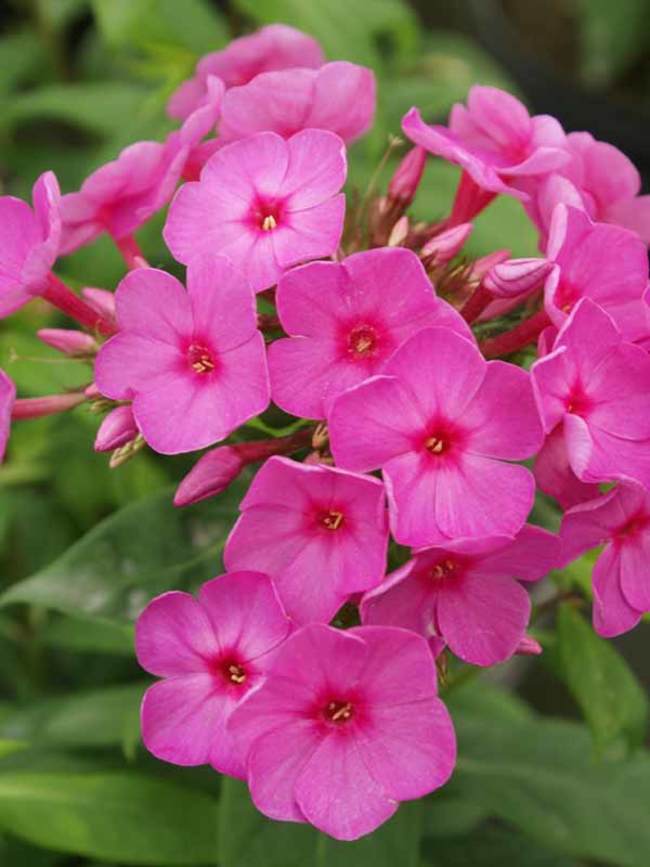
- White phlox: A pure white phlox with a sweet fragrance.
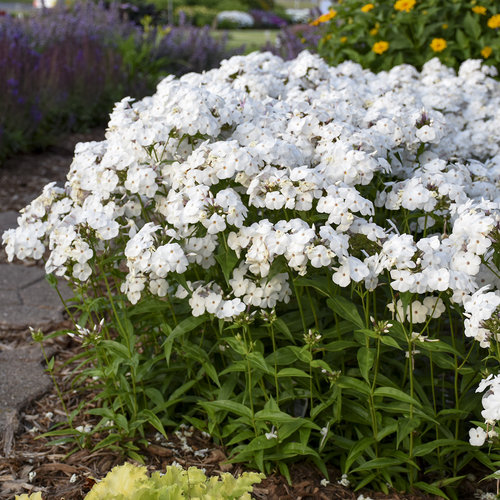
- Blue phlox: A vibrant blue phlox with a star-shaped center.

- Purple phlox: A deep purple phlox with a ruffled edge.
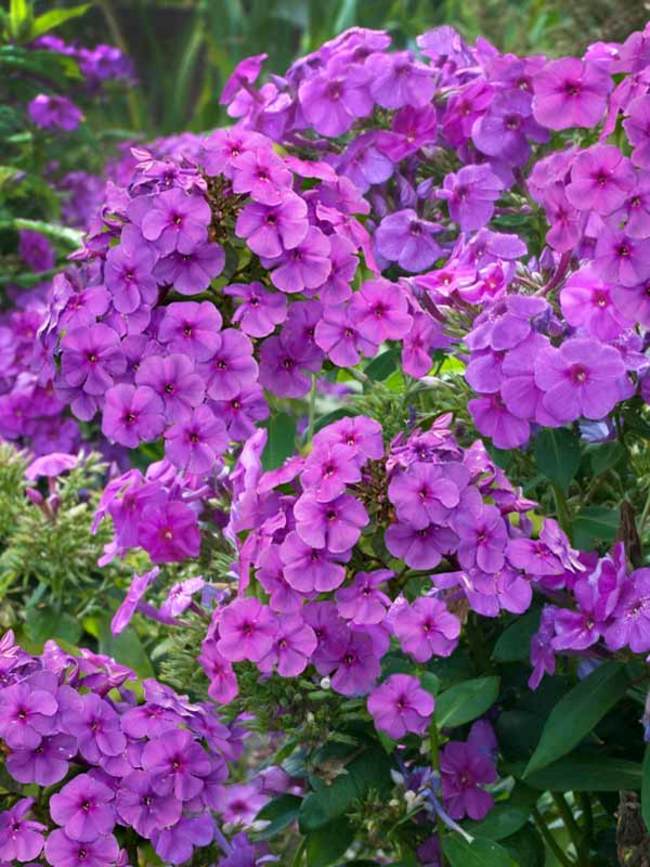
- Red phlox: A fiery red phlox with a long blooming period.

- Lavender phlox: A soft lavender phlox with a delicate scent.
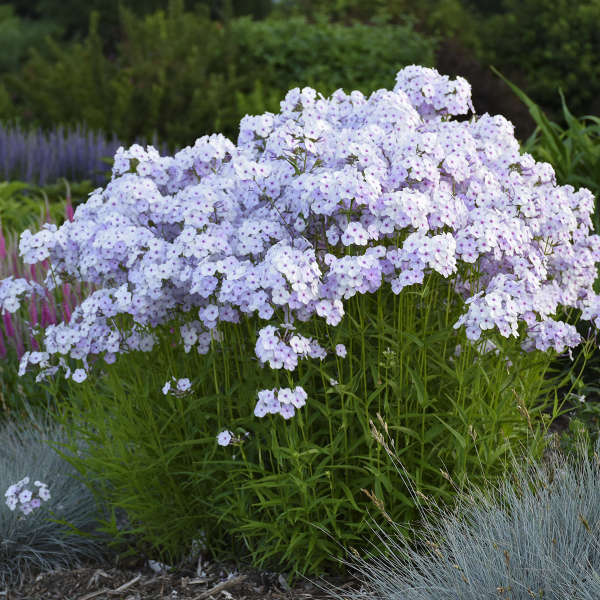
- Bi-color phlox: A beautiful bi-color phlox with pink and white petals.
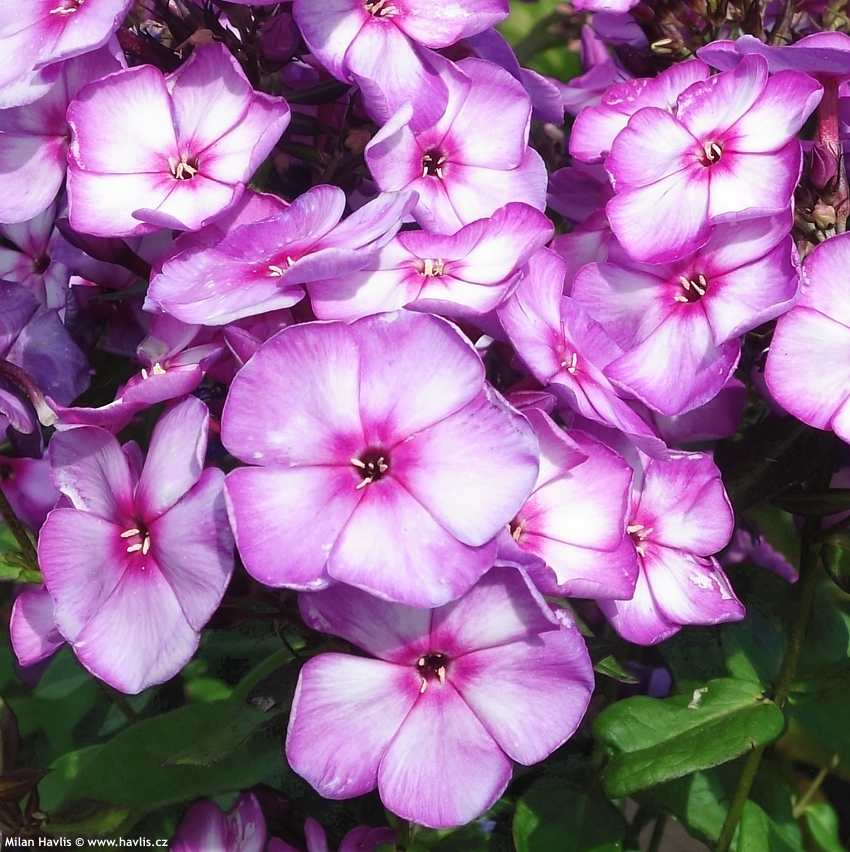
- Orange phlox: A bright orange phlox with a cheerful appearance.
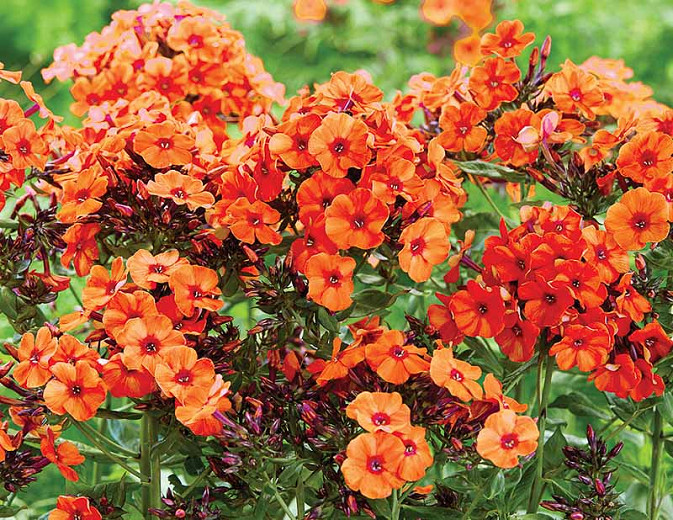
- White with pink eye phlox: A white phlox with a pink center.

Post a Comment for "Summer Phlox: The Ultimate Guide To Growing And Caring For These Beautiful Flowers"